Samurai Armour: What Did It Look Like?
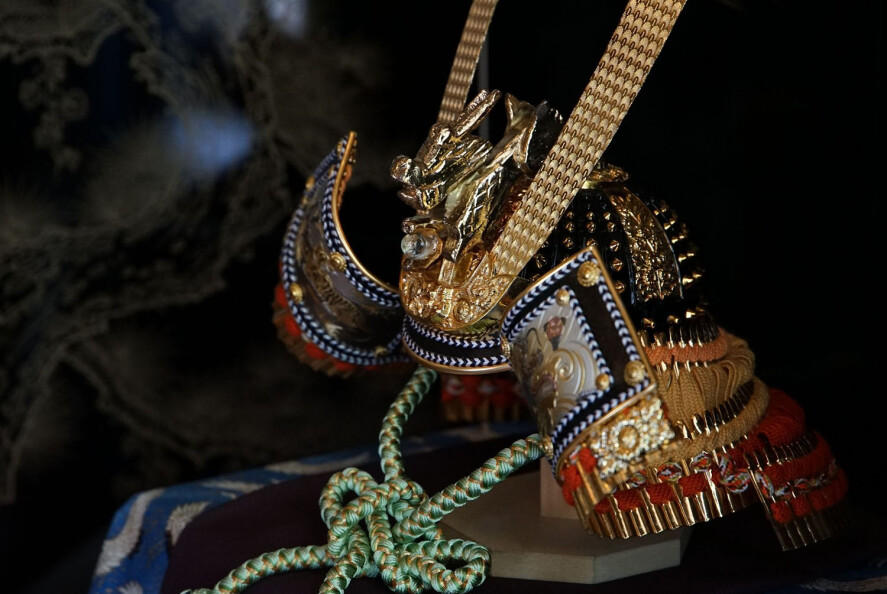
The legendary Japanese Samurai are known far beyond Japan. Their courageous behaviour and code of honour have become the main theme of many films and stories. While the Samurai are talked about a lot, we don't hear much about their armour, that could decide about their success or death on the battlefield. What essential equipment did the Samurai use?
Contents
Samurai Armour and Weapons Tell a Story
We can hardly know how many battles samurai fought in the past. But one thing is certain: they created a sub-culture that left deep marks in the culture of Japan, visible even today.
The samurai warriors were renowned for their courage, loyalty and honour. In this article, however, we will not talk about their philosophy, life or attitudes, but about their equipment.
The armour and weapons of Samurai had more than one function: they not only protected the warrior in battles, but also represented and identified him in a unique way. The warrior's unique accessories symbolized the samurai's affiliation with a particular clan or displayed his social status.
DID YOU KNOW... the term "samurai" is derived from the Japanese word ‘saburau’, which means "to serve"? The term samurai was used to refer to the followers of a wealthy or high-ranking individual.
Because of this uniqueness, the warrior's armour and weapons offer a unique insight into their personal life story as well as the history of ancient Japan. What equipment did the Japanese samurai need?
Kabuto, Do and the Katana of the Samurai
The samurai equipment has undergone considerable changes over the centuries. The following pieces, however, were an integral part of every samurai:
- Helmet (Kabuto)
- Cuirass (Do)
- Armoured skirt (Kusazuri)
- Armoured sleeves (Kote)
- Sword (Katana)
1. Helmet (Kabuto) - one of the most distinctive elements of samurai armour. Kabuto was an ornate samurai helmet, originally made of leather. Later on, it was made of iron to be more effective against arrows or katana swords.
DID YOU KNOW... the samurai helmet also had other purely practical uses? It could be used to fry or cook rice when travelling. In addition to rice, which was the main part of the warrior’s diet, they also ate fish, dried vegetables and seaweed.
2. Cuirass (Do) - the essential part of the samurai armour was a breastplate, protecting the torso. Just like the helmet, cuirasses were originally made of leather. The cuirass was designed to provide maximum protection for the wearer, but at the same time not to limit the mobility too much.
16th century brought some changes: as firearms were increasingly imported into Japan, it was necessary to reinforce samurai cuirasses with steel plates.
3. Armoured skirt (Kusazuri) - protected the thighs. As the name suggests, it looked like an armoured “skirt” and it was worn under the cuirass.
4. Armoured sleeves (Kote) - these arm guards typically extended from the shoulder to the fist knuckle and they were made of various materials, such as linen. Later on, they were also reinforced with steel plates.
5. Katana - a long samurai sword that became famous far beyond Japan. Katana was an essential part of the samurai equipment. In the hands of a skilled warrior, katanas were ruthlessly effective, even against a large number of enemies. The sharpened edge could inflict fatal wounds to the opponent, while the blunt edge was used to deflect blows.
DID YOU KNOW... in the 16th century, the samurai also began to use a short sword called wakizashi? These shorter swords, used alongside katanas, measured 30-60 centimetres in length, making them the perfect weapon for fighting in tight spaces such as urban areas or indoor spaces. The Samurai commonly carried both swords, a katana and a wakizashi.
Materials Used for Samurai Armour
The production of samurai armour was a master craft. Forging the iron for the armour plates required a skilled blacksmith. The plates were usually forged by hand and then thoroughly hardened and tempered, ensuring their strength and durability. Leather or silk was used to attach the plates.
Samurai armour was made of leather, iron, steel, wool, cotton and sometimes silk. Contrary to popular belief, neither wood nor bamboo was used to make the armour. Additionally, the armour of wealthier samurai included decorative elements made of gold or other precious metals.
DID YOU KNOW... it took up to a year to make plate armour for a higher-ranking samurai? The armour of lower-ranked infantry warriors was usually simpler, so it could be produced in a much shorter time.
Horse as a Luxury
The samurai underwent military training from an early age. Upon reaching adulthood, each samurai had to be proficient in using swords, spears, bows and later firearms.
Horse riding was also an integral part of the training. However, only the wealthier warriors could afford to keep a horse. Poorer samurai who could not afford their own horse, fought as foot soldiers.
DID YOU KNOW... The samurai used ponies? However, the original breed of horse known as the Kiso or “kiso uma” was originally used in agriculture. Unlike the horses ridden by European knights, Japanese ponies were much smaller: they averaged 120-140 cm in height.
Our Samurai Swords, Armour and Equipment
Are you a fan of eastern cultures or historical cold weapons and want to expand your existing collection of historical artifacts?
Then you've come to the right place! In our store, you will find top-notch samurai swords and other essential parts of samurai equipment that look exactly like originals! If you want, try on the armour worn by the mighty warriors of ancient Japan!

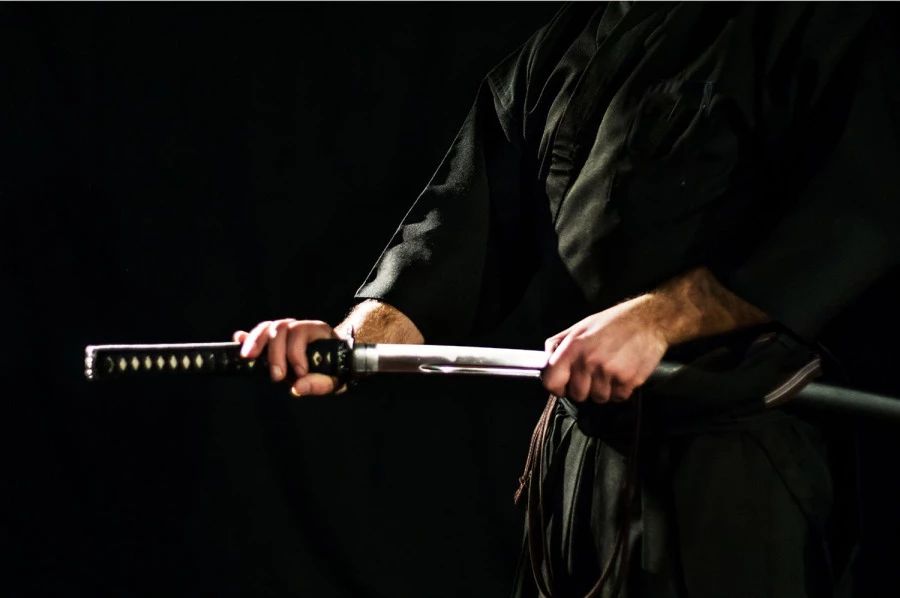
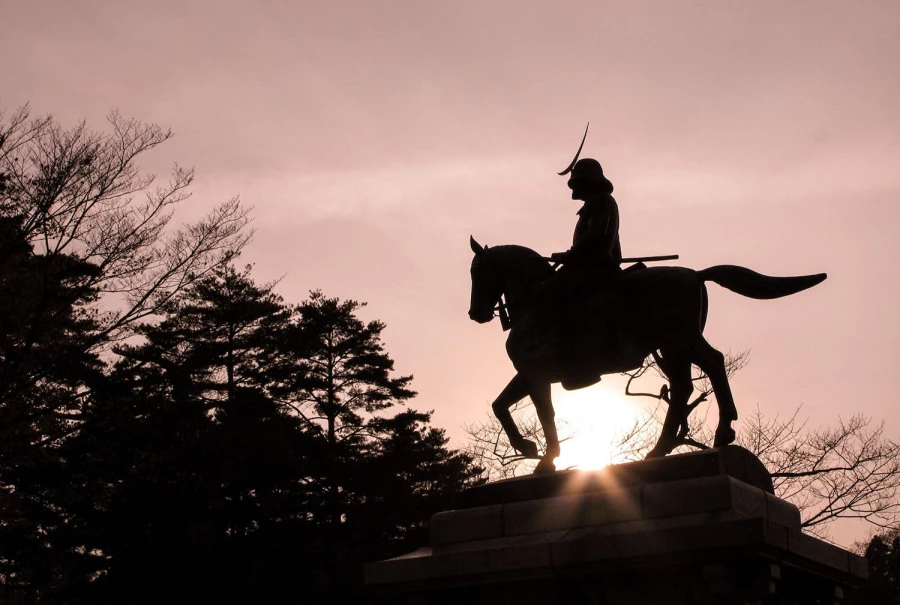
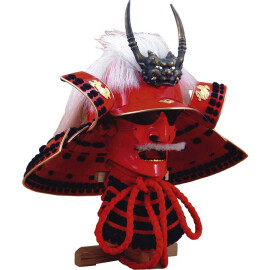
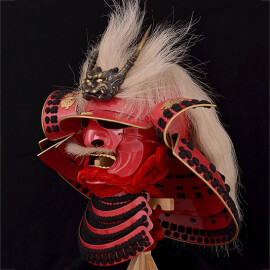
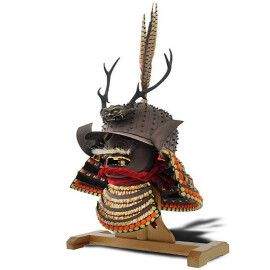
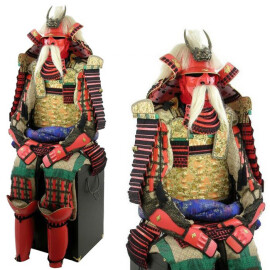
Comments